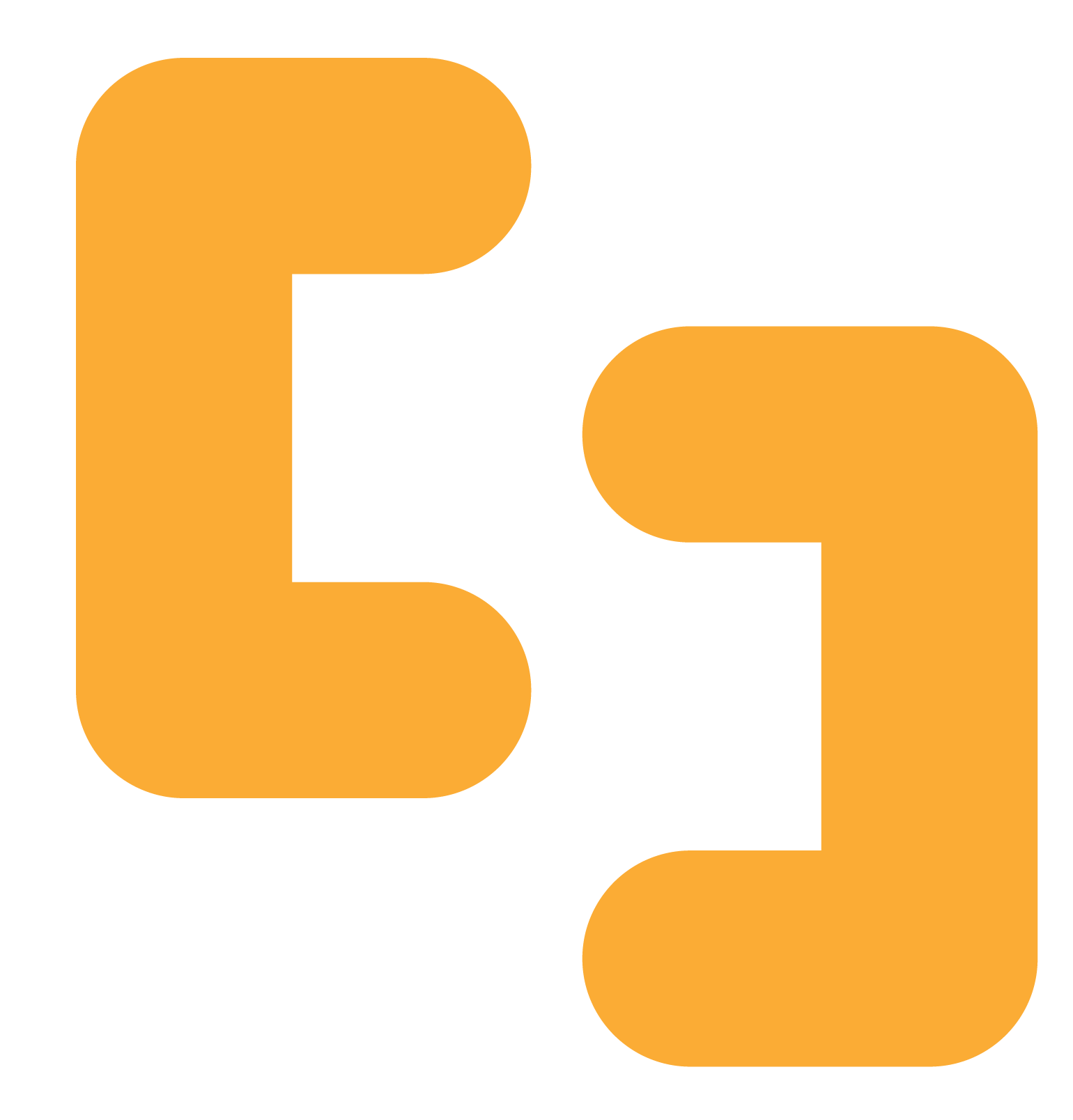




In partnership with leading Ukrainian higher educational institutions, we have successfully created the network of Noosphere Engineering Schools – centers for STEM-education and startup mentorship for youth and student. One of the training projects that regularly takes place at Noosphere Engineering School is designing and assembling a “student 3-D printer”.
When a 3D-printer was assembled, students that were involved in the project have been surprised by the relative technical simplicity of such a project. In the students’ opinion, even school pupils were capable to employ projects like that.
As soon as we heard about the Meet and Code initiative, we were extremely inspired by the opportunity to be a part of the international Code Week and to conduct training course under the auspices of such a prominent CSOs like GURT Resource Center, TechSoup Europe, Haus des Stiftens gGmbH, and SAP Corporation. This is how the Generation 3D project idea was born and after additional analysis replicated for the development of coding skills instead of hardware assembling.
Well-designed program of courses and the possibility of constant consultation with the teacher gives an opportunity to quickly move from theory to practice. Therefore, the study material was well absorbed. It was very interesting to be acquainted with the design of a 3D printer and print my CAD model on it. A few participants in the group made it possible to communicate with the teacher and clarify all questions that appeared.
To increase the interest of high school students in the 3D design and to raise their skills in developing 3D models, we conducted a 10-day educational course. The program of the course consisted of such topics as The Theoretical basis for 3D design, Development of practical skills in building the simplest 3D objects, Introduction to the 3D printer design, Preparing and printing the CAD-model on a 3D printer, and Public presentation of projects developed by each participant during the course.
Printing even a small and simple model on a 3D printer takes at least an hour and a half. In fact, within the Noosphere Engineering School, we develop sophisticated 3D models that take from 2 to 15 hours to print. It means that the implementation of simultaneous practical training for 38 persons would be impossible without the availability of several 3D printers.
Fortunately, the Noosphere Engineering School in Dnipro has currently six printers available for 3D printing (2 of those printers were designed and created by our students). This allowed us to effectively plan and print all our participants' projects before the end of the course.
Apart from the equipment, it was also important to involve the staff of the space information technology department to the project. Despite the non-formal learning environment, the content of the course was based on the academic experience of delivering the subject of Complex Computer Engineering.
This course has given me the basic knowledge of 3D modeling that I will use in the future to simulate and to design games.
We had 16 computers with Solid Works licensed software installed. The training was organized by two parallel groups on weekdays from October 8th to October 19th, 2018 (10 lessons for each group). Such an organization of trainings allowed us to double the number of participants.
The courses ended with solemn graduation with certificates and presentation of printed-out 3D models that were designed by pupils. Among the figures that were designed and printed out during the course, there were: vase, stand for cell-phone, pen stand, chess piece, skull keychain, flash drive case and others. Additionally, we also printed out the text 3D models #codeEU and #meetandcode.
For the dissemination of project results, we used websites of Noosphere Engineering School and GURT Resource Center to attract attention and engagement of our audience. We also posted course information on websites devoted to events in Dnipro.
We made regular announcements and reports on the recruitment, launch, and solemn completion of Generation 3D courses on our social media pages.
Personal connections of the faculty staff and trainers involved were also used to disseminate the information about the event. We received more than 15 applications for participation just after the personal visit of the course organizers to the Dnipro Lyceum of Information Technologies and the Dnipro Regional Lyceum of Physics and Mathematics.
In general, we received 36 applications from teens to participate in the Generation 3D project. However, although we could offer 32 training places, we decided to invite everyone. We have also received requests to attend courses from several teachers of local IT Lyceum and curators of robotics clubs. We were very surprised by the interest in our project expressed by professional computer science teachers. In order not to limit the study places intended for teenagers, we allowed computer science teachers to attend our courses on the conditions of using their laptops.

I believe that such activities are very important to Dnipro community because most of the knowledge that is given here cannot be obtained simply by attending school.
To evaluate the effectiveness of the event, we conducted an online survey of students before and after the courses. We were interested to know not only the general impressions about the course but also the degree of mastering the new knowledge.
According to the results of the survey, 70% of the students admitted that they can now design and print a 3D model themselves. 26% of the students admitted that they can now create a virtual 3D model in the design environment but need help to print the model.
I enjoyed attending 3D modeling courses. There is a good teacher here, who can always help if something is unclear.
We would like to organize a similar event for Dnipro informatics teachers. We believe that teaching of modern information technologies should become a compulsory element of the school curriculum. Since IT has already become an integral part of the life of a modern person, the degree of mastering IT-skills determines the quality of a persons’ life.
Contacts: NGO Association Noosphere, Belkina Irina, belkina@noosphere.com